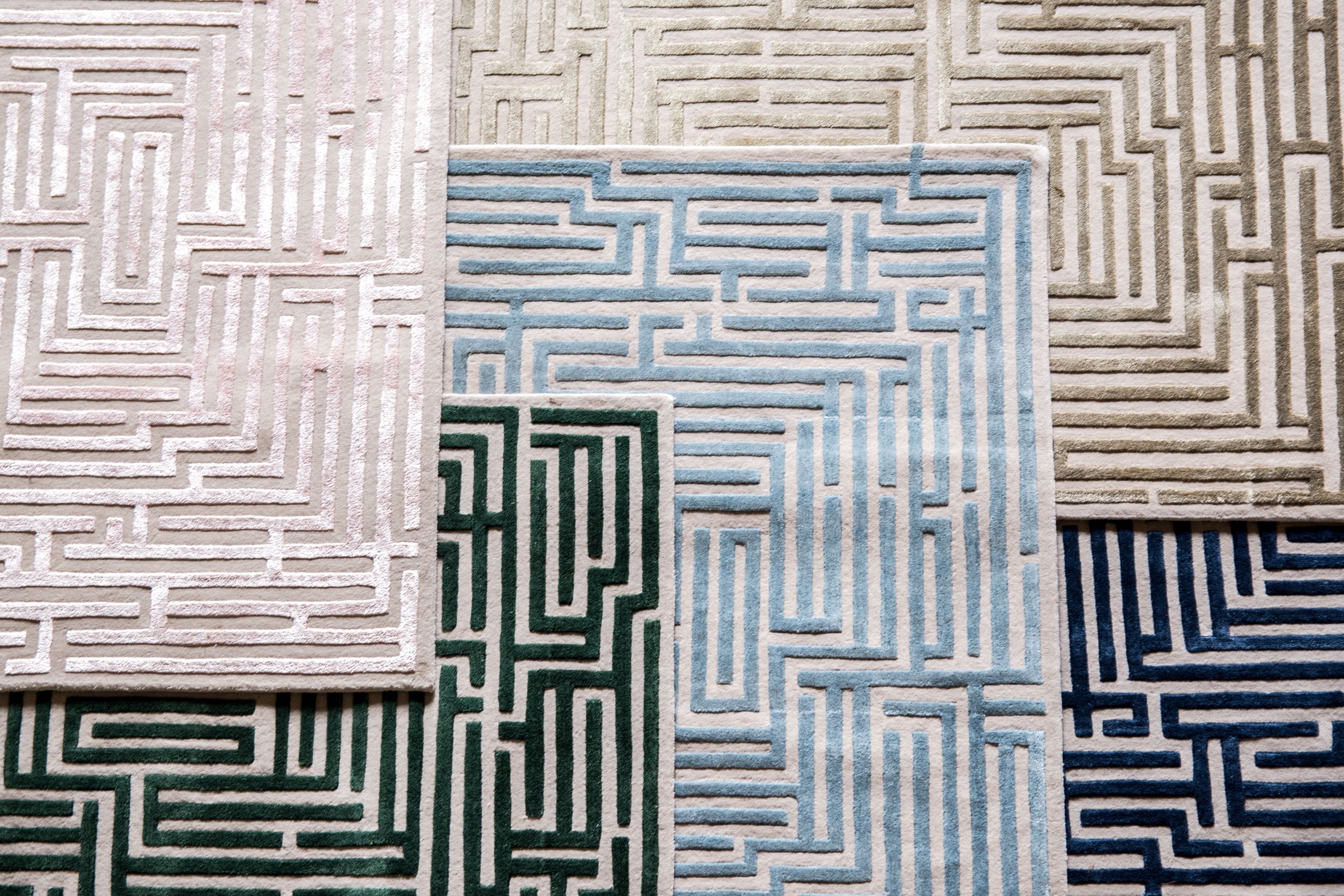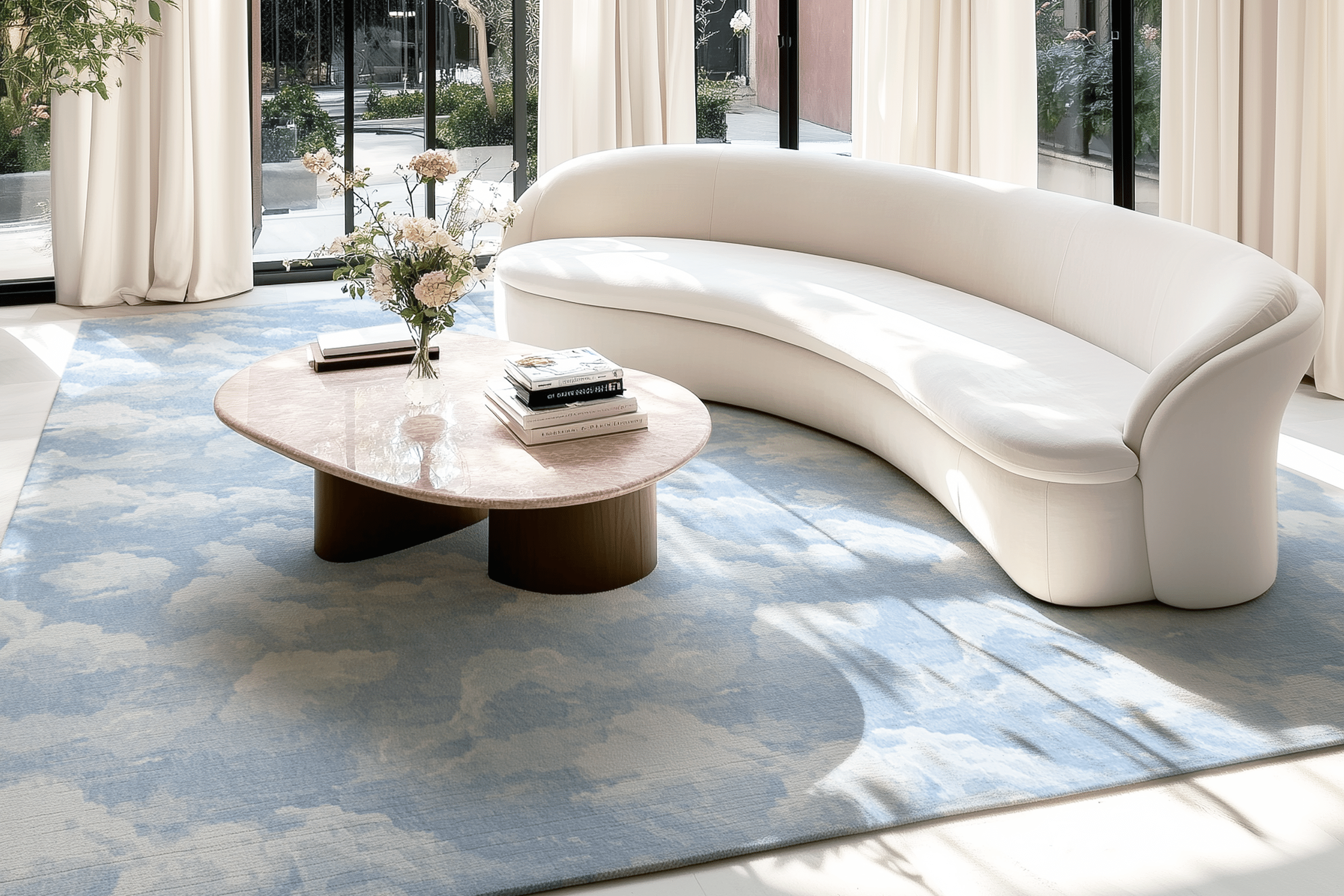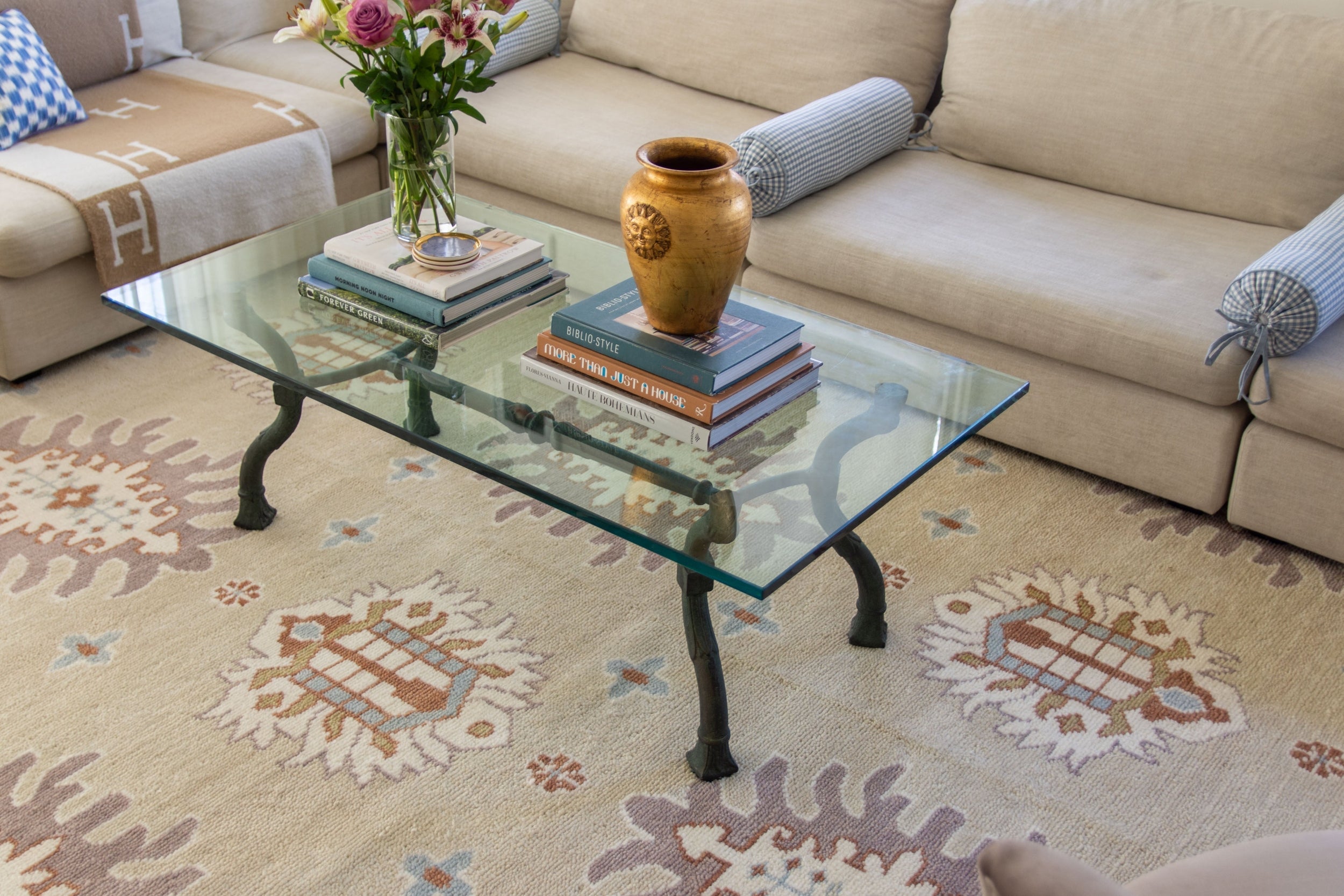Temporary Storage Hacks for Home Staging Success
As interior designers, we understand the transformative power of home staging. It's not just about decluttering and rearranging furniture; it's about creating an inviting space that resonates with potential buyers. One of the most effective tools in our arsenal is temporary storage. In this article, we'll explore how temporary storage can be a game-changer for home staging success.
The Importance of Home Staging
Home staging is more than just a cosmetic makeover; it's a strategic approach to presenting your property in its best possible light. Research shows that well-staged homes tend to sell faster and for a higher price than un-staged ones. The key is to create a neutral, buyer-friendly environment that allows potential buyers to envision themselves living in the space.
How Temporary Storage Helps
Temporary storage is a crucial component of home staging. It allows you to remove personal items, declutter, and showcase the architectural features of your home without distractions. Here are some ways temporary storage can enhance your home staging efforts:
-
Declutter and depersonalize: Remove personal photos, mementos, and travel souvenirs to make your space feel less personal and more like a showroom. Temporary storage provides a safe space for these items until you're ready to move them to your new home.
-
Optimize space: By storing large furniture pieces, you can open up your rooms and make them feel larger. This is particularly effective in smaller spaces where clutter can quickly overwhelm the senses.
-
Highlight key features: With clutter out of the way, you can focus on highlighting the best features of your home. Whether it's a beautiful fireplace or a spacious kitchen, temporary storage helps ensure that these elements take center stage.
Choosing the Right Storage Solution
When selecting a temporary storage solution, several factors come into play:
-
Size: Assess your belongings to determine the right size unit. For small items like seasonal décor or clothing, a compact locker might suffice. For larger furniture pieces, consider a medium to large storage unit.
-
Location: Opt for a facility that's conveniently located to minimize travel time and hassle.
-
Security: Ensure the storage facility offers robust security measures such as surveillance cameras and gated access.
-
Climate Control: If you have sensitive items like electronics or artwork, consider climate-controlled storage units to protect them from extreme temperatures.
DIY Home Staging Tips
While temporary storage is essential, there are other DIY home staging tips that can enhance your efforts:
-
Clear out clutter: Start by removing excess furniture and clutter from your living spaces. Rent a storage unit to keep these items safe until after the sale.
-
Paint with neutral colors: A fresh coat of paint can make your home look fresh and well-cared for. Choose neutral colors to appeal to a wide range of buyers.
-
Assign a purpose to each room: Ensure each room has a clear purpose, such as a bedroom or office. Remove items that don't belong and store them away.
-
Deep clean: Perform a thorough deep cleaning of every room to create a sparkling clean environment that invites buyers.
Conclusion
Temporary storage is a powerful tool in the home staging process. By decluttering, depersonalizing, and optimizing space, you can create a home that appeals to potential buyers and sells faster. Whether you're staging a small apartment or a large house, the right storage solution can make all the difference.
By combining these strategies with a well-planned storage approach, you'll be well on your way to staging a home that sells quickly and for the best price possible.
Browse by Category

Design Projects
Explore interiors from client work and personal renovations — layered, livable, and always in progress.
read more →
Collaborations
From product launches to styled spaces, discover the brand stories I’ve helped bring to life.
read more →
The Notebook
A growing archive of iconic designers, inspiring artists, and unforgettable design moments.
read more →
Travel by Design
Wander with a designer’s eye — from charming hotels and city guides to visual inspiration abroad.
read more →





